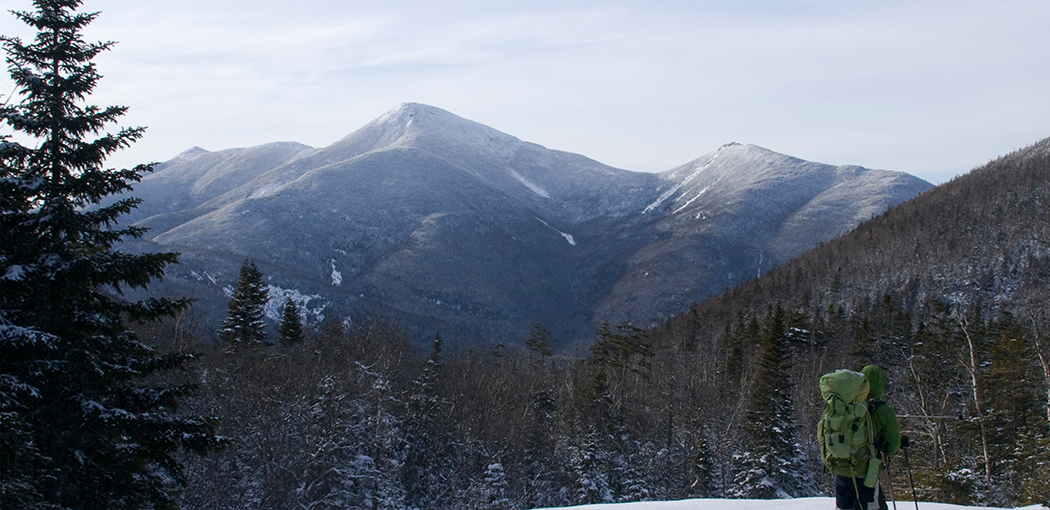As the 2022 Olympic Winter Games came to a close earlier this week, athletes and fans alike are reflecting on the most recent winter games. Medals and shattered world records are celebrated, while some consider the impacts of climate change on the Beijing games. Artificial snow has been used since the 1980 Olympics in Lake Placid; although the prevalence has increased over the years. One hundred percent of the snow used in the 2022 Olympics was human-made. In Beijing, making artificial snow used approximately 49 million gallons of water and cost around $60 million. Artificial snow is denser and icier than natural snow, so athletes slide on ice as opposed to sliding on snow. Faster speeds on harder surfaces can lead to more accidents and injuries in already risky sports. Not to mention, different types of snow fit different activities better. Having only artificial snow can pose a challenge for even the most experienced athletes. The production of artificial snow is both economically and environmentally costly, as it requires lots of energy and water. The use of artificial snow has increased drastically in recent years worldwide. Ski resorts can spend between $500,000 to $3.5 million just to produce artificial snow. Resorts of varying sizes have had to adapt to these changes quickly.
Closer to campus, local mountains in the Adirondacks have been experiencing increasingly warm temperatures, less snow, and variable types of precipitation throughout the season. Tim Reed ’22 stated that local mountains just a few hours from campus have needed to produce “more and more artificial snow each year. Just there is not as much standing snow.” In discussing the conditions, Isabella Lucarelli ’22 said, “Winters with more rain makes for difficult skiing. Especially with variable temperatures, it leads to much icier conditions.” Of course, skiing and snowboarding are not the only activities affected by climate change. “As a kid, I remember being able to sled on my birthday in March every year,” recalls Tim Reed ’22. “Now it seems as if we’re lucky to have any snow by then.” The Adirondacks are deeply affected by climate change. Even though winters are still cold, the long-term trend of local and global temperatures is warming rapidly. Over the last century, the average temperature of the Adirondacks has increased about two degrees Fahrenheit. Winter is coming later and leaving earlier than ever before. “There used to be a lot more snow that stuck around until late in the season. Now it comes and goes in waves throughout the season,” Tim Reed ’22 states. These variable conditions have led to uncertainty for local businesses providing services to tourists hoping to enjoy the Adirondacks’ winter beauty. Even though the summer and fall months are critical to the tourism industry in the Adirondacks, the winter is also a critical time. Approximately 30 percent of tourism revenue is generated between the months of Nov. and April. Good winters often mean financial security for these small business owners. Not knowing what winter will be like leaves small business owners anxious and unsure of what lies ahead.



